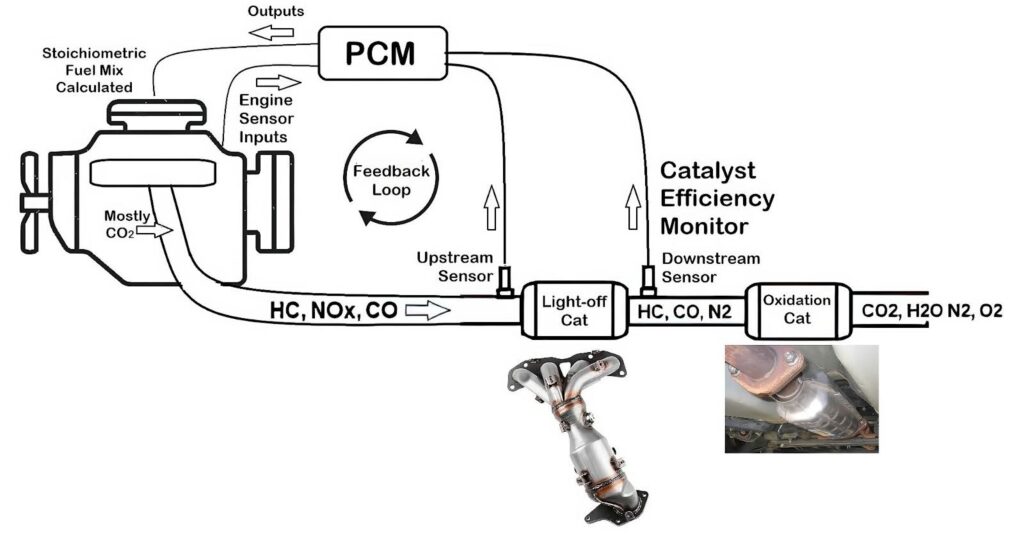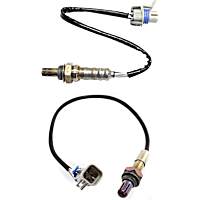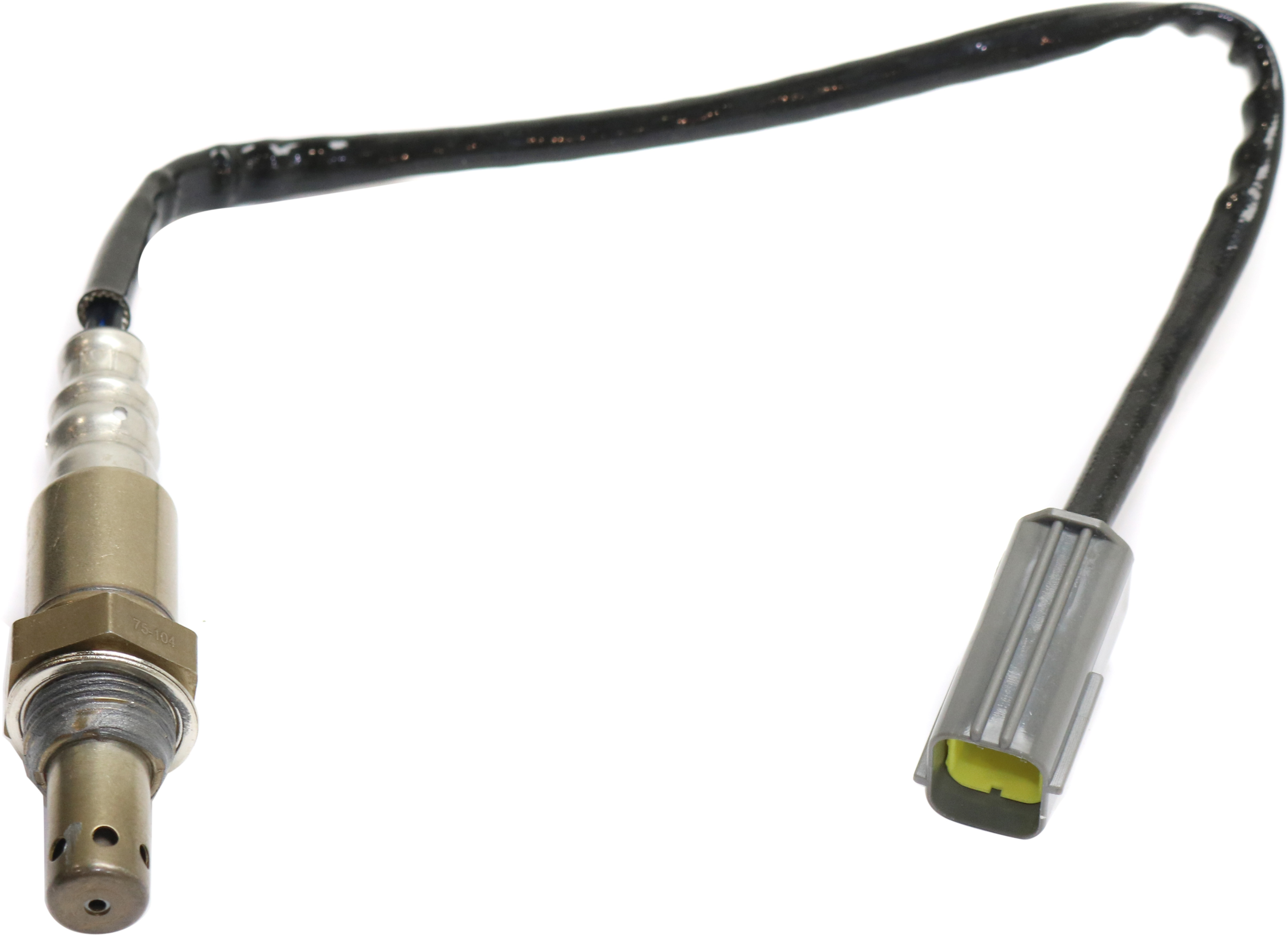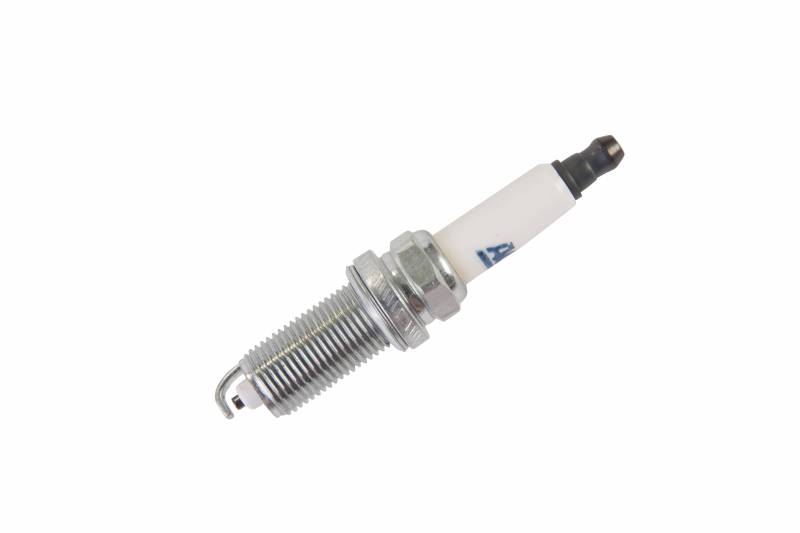The car’s combustion process leaves behind nitrogen oxides (NOx), carbon monoxide (CO), and unburned fuel, which are bad for the environment. The catalytic converter turns them “safer” by reducing NOx to nitrogen and oxidizing the rest into CO2 and water.
The catalytic converter relies on two oxygen sensors (upstream and downstream) for data about the exhaust stream’s oxygen content. They should send different readings. Otherwise, on-board diagnostics (OBD) will log a P0420 code and illuminate the check engine light to indicate an exhaust problem.
There is a “light off” catalyst that is usually part of the exhaust manifold and an “oxidation catalyst” that is further downstream. Sometimes both of these catalysts are in the same shell – other times they’re separate.

The oxidation catalyst takes care of CO and HC, converting them to harmless CO2, which is heavier than atmosphere, remains close to the ground, and feeds the grass and the plants.
What Does the P0420 Code Mean?
Diagnostic trouble code (DTC) P0420 stands for “P0420 Catalyst System Efficiency Below Threshold (Bank 1).”
It indicates that the light-off catalyst isn’t storing oxygen as it should and is less efficient. This won’t damage the engine unless the catalyst brick begins to break apart, which can be a problem because on most vehicles the catalyst is mounted so near the exhaust ports on the cylinder head and particles from the disintegrating catalyst can make their way into the cylinders, which is a disaster of the first magnitude and usually destroys the engine.
Bank 1 refers to the side of the engine that houses the number one cylinder. The opposite side of the engine is Bank 2.

A Closer Look at the P0420 Code
A catalyst monitor or catalytic converter monitors the converter’s ability to reduce harmful emissions using oxygen. Technically, the sensor that monitors catalyst efficiency is measuring the oxygen storage capacity of the catalyst. For the upstream (NOx) catalyst to work properly it needs no oxygen to separate the O2 and nitrogen in NOx, but the oxidation catalyst does need oxygen to add to CO and HC, converting them to CO2.
Ideally, there should be little to no unburned oxygen after the combustion process, but the very sensitive O2 sensors will switch from rich to lean in a very narrow band as a feedback to the PCM in a Closed Loop feedback to keep the air fuel mixture at its cleanest. You can monitor short fuel trim and the O2 sensors and watch how the PCM interacts with the O2 sensor to maintain the proper mixture.
You can monitor short fuel trim and the O2 sensors and watch how the PCM interacts with the O2 sensor to maintain the proper mixture.
–Richard McCuistian, ASE Certified Master Automobile Technician
When the catalytic converter works, the downstream oxygen should detect little to no oxygen. Its voltage signal remains consistent to indicate the converter has depleted the oxygen.
The voltage must be 650 millivolts to indicate a low oxygen level. If the voltage is lower than that points to a high oxygen level, which means the catalytic converter was inefficient.
Which Cars Can Trigger the P0420 Code?
The catalytic converter has been a required component on all cars since 1975.
Code P0420 applies to all vehicles made after 1996 and some made as early as 1994, as catalytic converter monitoring became standard in cars to comply with the OBD2 element of U.S. National Emissions Standards.
P0420 on Some Honda Vehicles
Code P0420 may appear on some Honda vehicles. On a 2013 Honda Accord LX 2.4L, for example, the code appears because of the following conditions:
- WU-TWC deterioration
- Secondary HO2S (sensor 2) line electrical noise overlapped
- Secondary HO2S (sensor 2) connector loose connection
- Exhaust system change (besides a genuine part)
For this specific vehicle, Honda also notes that when a malfunction is detected during the first drive cycle, a Pending DTC is stored in the PCM memory. If the malfunction returns in the next (second) drive cycle, the MIL comes on and a Confirmed DTC and the freeze data are stored. The MIL is cleared if the malfunction does not return in three consecutive trips in which the diagnostic runs. The MIL, the Pending DTC, the Confirmed DTC, and the freeze data can be cleared with the scan tool Clear command or by disconnecting the battery.
P0420 BMW Vehicles
The P0420 is applicable to BMW models with 3-cylinder, 4-cylinder, 6-cylinder, and 8-cylinder engines.
A P0420 BMW code is more likely to get logged if the car has a smaller engine with only 3 or 4 cylinders. These engines have only one cylinder head, cylinder bank, and exhaust manifold.
While BMW models with bigger engines can also develop an issue with their catalytic converter that triggers a P0420 BMW code, they’re also likely to get a P0430 code.
Most BMW 6-cylinder engines have one cylinder head. However, the PCM treats the head as two separate parts because the cylinders split between two exhaust manifolds. More importantly, 6-cylinder engines have two cylinder banks. So do 8-cylinder engines. The P0420 code denotes an issue with Bank 1 that affects the catalytic converter.
What are the Possible Causes of the P0420 Code?
- Inefficient catalytic converter
- Defective oxygen sensor
- Damaged wiring
- Loose connections
- Exhaust leak
- Damaged exhaust manifold
- Bad spark plug
- High fuel pressure
- Fuel injector leak
- Topping up with the wrong fuel type
- Outdated PCM software
What are the Common Symptoms of the P0420 Code?
- Illuminated check engine light
- Failed emissions test
- Rotten egg smell from the exhaust pipe
- Reduced engine power output
- Inability to accelerate
How to Diagnose the P0420 Code
P0420 is a generic powertrain code that various vehicles can log. The process to diagnose might vary depending on make-model specs.
Here are some of the steps mechanics take to diagnose it:
- Determine a baseline: They take note of the freeze frame data upon retrieving the code. The information serves as their baseline for tests.
- Resolve problems that ruin a Catalyst: Misfires, ignition issues, and fuel and/or intake problems can trigger the P0420 code, so mechanics fix them first to rule them out.
- Go on a test drive near or at the freeze frame conditions: Mechanics verify whether the rear oxygen sensor is mirroring the front one and/or generating voltage below the required threshold. The catalytic converter is defective if they verify these conditions.
Mechanics might conduct other tests depending on what they find.
If you want to diagnose the code yourself, following these steps is a great start. Research what tools you need to diagnose your car’s catalytic converter, and make sure you have them on hand.
Here are some videos you might want to check out before doing anything.
However, if you’re neither familiar with diagnosing trouble nor confident in DIY-ing the process, it’s better to bring your ride to an auto repair shop near you.
How to Fix the P0420 Code
Resolving the P0420 code can be tricky, as the fix depends on the cause. You might have a hard time if you don’t have the right tools and know-how for the job. Under these circumstances, it’s best to let professionals resolve the issue.
But if you’re determined to do it yourself, whether to save on costs or because you trust your repair knowledge, make sure you rely on repair info specific to your vehicle. Detailed guides like those from an ALLDATA subscription or Chilton are great resources.
Catalytic Converter FAQs
How Long Does a Catalytic Converter Last?
A catalytic converter can last up to 10 years or more, but they’re designed to last as long as the vehicle.
What is a Catalyst?
A catalyst triggers changes in other elements without changing itself.
Modern vehicles have three-way catalysts, which means they process three harmful gases: nitrogen oxide, carbon monoxide, and unburned fuel or hydrocarbons (HC).
How Does a Catalytic Converter Work on Exhaust Gases?
Catalytic converters have a fine, honeycomb core with tiny tunnels that are coated with catalysts that detoxify the exhaust gases that pass through them.

These catalysts are usually made of rare and expensive metals, such as palladium, platinum, and rhodium, which is why catalytic converter theft is a problem.
When the catalysts reach operating temperature, they break down the harmful gases.
The catalyst nearest the engine, known as the “light-off catalyst,” separates NOx into its nitrogen and oxygen components. It’s the only catalyst that the PCM monitors.
Another catalyst, usually the one farthest from the engine, adds oxygen to HC and CO to turn them into CO2.
Other Notes About P0420 Code
If you’re resolving the P0420 code on your own, don’t replace parts without identifying the issue’s exact cause. Rule out other possible causes of catalyst system inefficiency before replacing your O2 sensors or catalytic converter.
For example, some car owners make the mistake of replacing a perfectly fine catalytic converter because of wiring or software issues. Not only did they waste money replacing functional parts, but they also didn’t resolve the trouble code.
P0420 Code FAQs
How do I clear a P0420 code?
To resolve this trouble code, you must determine its underlying cause and address it.
Can a bad O2 sensor cause a P0420 code?
Yes, it’s one of the issues that can make the catalytic converter inefficient. A catalyst monitor uses signals from the downstream O2 sensor to determine catalyst efficiency. It uses signals from the upstream O2 sensor as a reference point.

If any or both of these oxygen sensors fail, they can trigger the P0420 code.
What is the p0420 code on a Nissan?
The P0420 code means “Three-Way Catalyst Malfunction” in new Nissan models instead of “Catalyst System Efficiency Below Threshold (Bank 1).”
Either way, the code indicates a decline in the catalytic converter’s performance.
How do you test an O2 sensor for a P0420 code?
One way to determine whether faulty O2 sensors triggered this trouble code is to force the air/fuel mixture to too rich and lean conditions.
To turn the mixture rich, add propane to the engine’s air intake and raise RPMs to keep the engine from stalling. Monitor the oxygen sensors with a scan tool while doing that. The sensors must detect the changes caused by the propane and adjust their signals accordingly.
To force the mixture into lean condition, disconnect a large vacuum hose. Track whether the oxygen sensors’ signals are responding to the changes.
If the oxygen sensors’ readings change accordingly, then they’re working as they should.
Where To Get Parts To Resolve DTC P0420
Defective parts like an inefficient catalytic converter, inoperative oxygen sensor, or a bad spark plug can easily cause the P0420 code. The last thing you want is to fail your emissions test as a result, and driving around with a rotten egg smell won’t be pleasant in the least. As such, it’s best to resolve the code as soon as possible. If you need to replace any of these parts, you can find what you need at CarParts.com.
CarParts.com offers a wide selection of parts available at different price points to suit your budget. Our easy-to-navigate website allows you to place your order with just a few easy clicks. You won’t even need to leave the comforts of home. We can guarantee fast shipping, with orders arriving in as few as two business days.
Check out our selection and order your new catalytic converter and other parts on CarParts.com today.
Products Mentioned in this Guide
Shop this Project



Any information provided on this Website is for informational purposes only and is not intended to replace consultation with a professional mechanic. The accuracy and timeliness of the information may change from the time of publication.




 Catalytic Converter
Catalytic Converter
 Oxygen Sensor
Oxygen Sensor





















